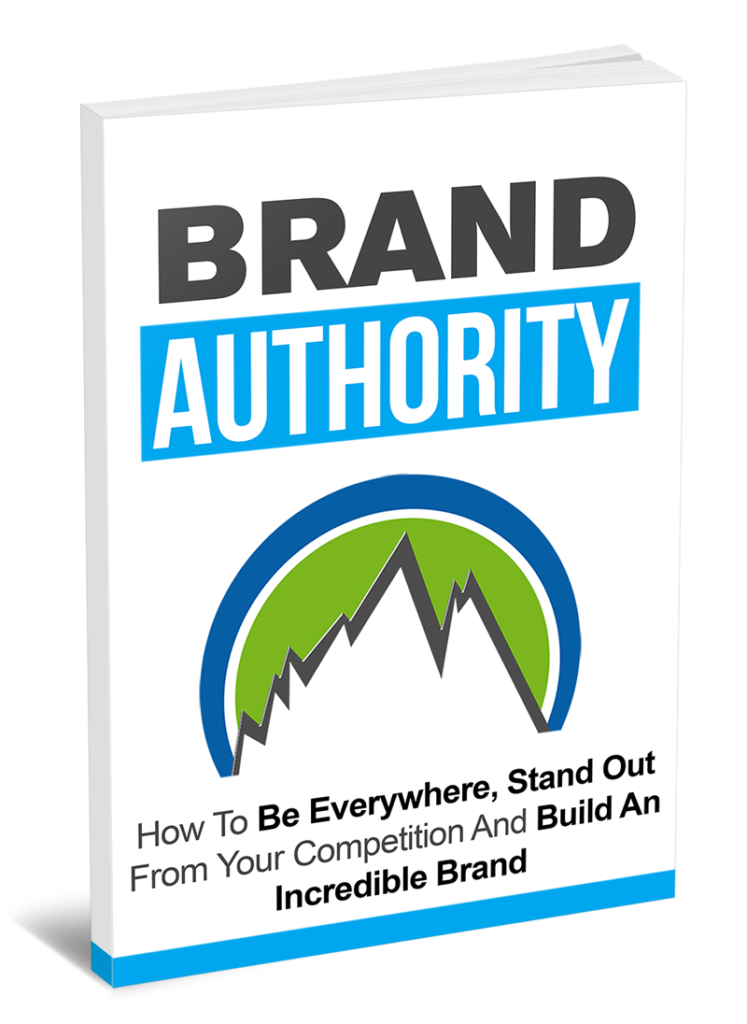Guest Posting Guidelines
We welcome guest posts from contributors. That said we expect certain standards when it comes to content that appears on this site.
Here is how we assess potential guest posts:
1. Target audience.
Please keep in mind that our readership is largely comprised of small business owners, marketers, public relations folk as well as professionals mainly in the fields of technology, education, social media and marketing.
Our site is fortunate to cater to many different types of industries so we prefer to have posts that are specific for a certain industry in order to provide the most actionable tips, although we’re also open to and will review posts that are general in nature.
2. Article length.
We like short yet punchy articles.
Word count between 600-800 is best, although we do accept articles that go up to 2,000 words in length if they are very well written and have excellent insight.
3. Professional representation.
While we allow contributors to mention their affiliations and professional capacities, posts must be largely non self-promotional in nature. Mentions of products and services are to be avoided, unless they are directly relevant and appropriate for the subject on hand.
4. Credibility.
We assess and accept guest posts from those who are contributing based on their professional capacities. That is, the byline writer must have the relevant background and expertise in the spaces they are writing about. So do include a full bio and a profile picture (no cartoon avatars) in any guest post submission, and include a link to the contributor’s LinkedIn profile.
Note that where we once accepted contributions from business writers, freelance contributors and similarly other content creators, we no longer prefer to do so. Our readers have indicated that they prefer to read from subject matter experts, not generic material by an imaginary person from a content mill (no offense to skilled freelance writers of any stripe). And no ghostwriters please.
5. Attribution and links.
We will provide full attribution to any contributor, and allow one single link within the article as long as they are relevant. Links are also subject to review – we don’t promote questionable services including but not limited to gambling, pornography, dating services, etc.
We reserve all right to edit any contributed content for brevity, accuracy, house style and to correct grammar/spelling errors without changing meaning and coherence. We also reserve the right to remove any contributed posts that are later found to contravene the above guidelines.
Articles that do not fulfill the above requirements may qualify as paid post options. Please email us for a media kit.




